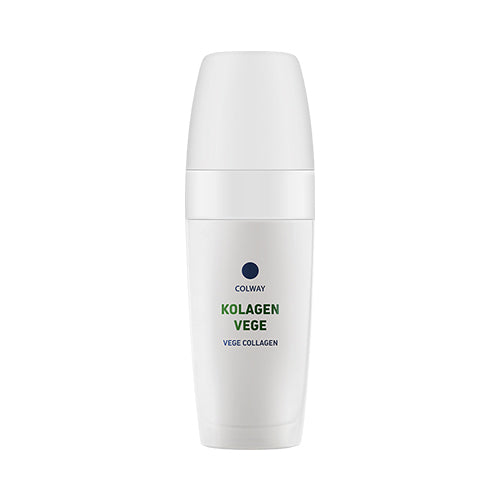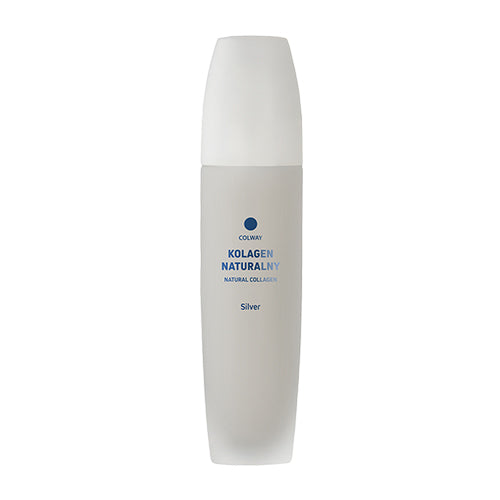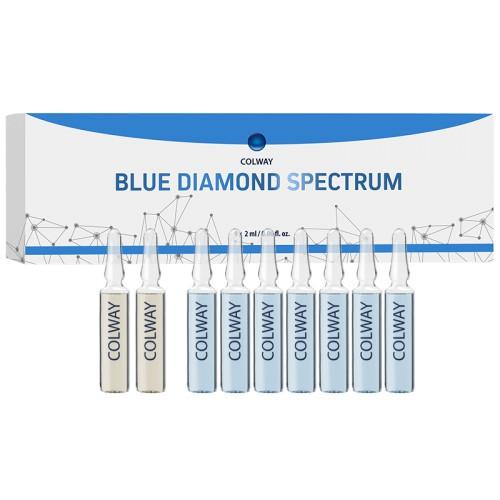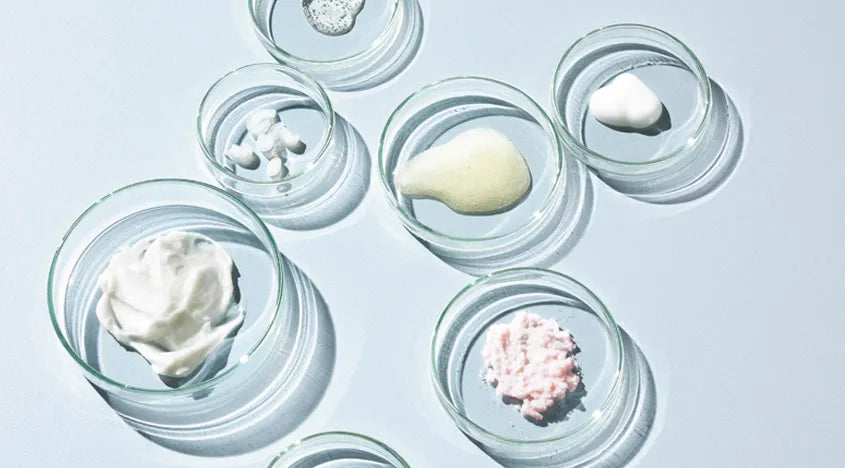5 Skin Care Ingredients for your Beauty Routine
If the sound of the term “hyaluronic acid” sounds to you like something from a horror film and “ceramide” makes you think of pottery, you’re not the only one. Unless you’ve dedicated a huge chunk of time studying product labels, it can be tough to figure out what all those science-y terms mean.
That’s why we’ve broken it down to the basics, highlighting the awesomeness of five common skincare ingredients you’re bound to run into—and exactly what they do.
Hyaluronic acid
What it is: A naturally occurring substance in the human body that regulates cell renewal, lubricates connective tissue and maintains skin’s moisture and elasticity.
What it does: When used topically, hyaluronic acid creates a moisture barrier on the skin, helping to make it smoother and softer. This ingredient is able to hold up to 1000x its own weight in water, thus producing amazing benefits for dehydrated skin. As an injectable, hyaluronic acid works as a plumper, filling wrinkles and fine lines. Because it is already naturally present in our bodies, hyaluronic acid is a safer alternative to synthetic ingredients and is less likely to be rejected as a foreign substance. The molecule, however, is quite large and can’t fully penetrate the outer layers of the skin to fill wrinkles when used topically.
Retinol
What it is: An active form of the vitamin A molecule.
What it does: Retinols are powerful exfoliants that encourage the skin to shed dead and problematic layers and turn over younger, healthier cells. They also increase the production of hyaluronic acid and collagen, making skin more supple and smooth. Using retinols can improve the firmness of skin, reverse signs of sun and environmental damage, treat acne and reduce hyperpigmentation, dark circles, fine lines and wrinkles. It’s no wonder retinols have long been touted as a skincare miracle!
Ceramide
What it is: Lipid molecules that are found in high concentrations within cell membranes. In the top layer of the skin, ceramides hold skin cells together, forming a protective layer that plumps the skin and retains moisture. (Think of skin cells as the bricks and ceramides as the mortar.)
What it does: In skincare products, ceramides are used to replenish the natural lipids that are lost from exposure to harsh environmental factors, use of drying products, and during in the aging process. They restore moisture, fortify the skin’s natural barrier and help protect it against harm from foreign elements. Ceramides are also particularly effective in treating eczema.
Peptides
What they are: Peptides are segments of active proteins that communicate with cells and instruct them to behave in certain ways. In the skin, peptides may signal elastin production (elastin helps skin “bounce back”) or prompt skin to heal itself after a wound.
How they work: The peptides used in anti-aging products enter skin cells and instruct them to do certain things such as (surprise, surprise) produce collagen, alleviate redness or signal muscles to relax, thereby minimizing wrinkles. One common peptide found in skincare products is Collagen Peptides which has been shown effective in fighting wrinkles. There are other peptides that don’t directly stimulate your skin to do anything, but because they are so small can penetrate deep into the layers and act as a delivery mechanism for other ingredients. Copper peptides, for example, bring molecules of copper deep into the skin where it can improve wound healing from the inside out.
AHA/BHA
What they are: Alpha hydroxy acid and beta hydroxy acid are classes of organic acids that act as exfoliants. AHAs are derived from fruit and milk and include glycolic acid (sugar cane), lactic acid (milk), and malic acid (apples and pears) among others. In cosmetics, BHA refers exclusively to salicylic acid, which is derived from plants.
What they do: While they both exfoliate, AHAs (which are water soluble) work at the surface layer of skin only while BHAs (which are oil soluble) penetrate deeper and hels remove dead skin cells clogged in pores. BHAs are used primarily for oily or acne prone skin with blackheads and whiteheads, whereas AHAs are used to brighten dull or dry skin. However, often you may find products containing both AHA and BHA for double duty exfoliation. The amount of exfoliation depends on the strength of the acid, with the stronger stuff available by prescription only.













